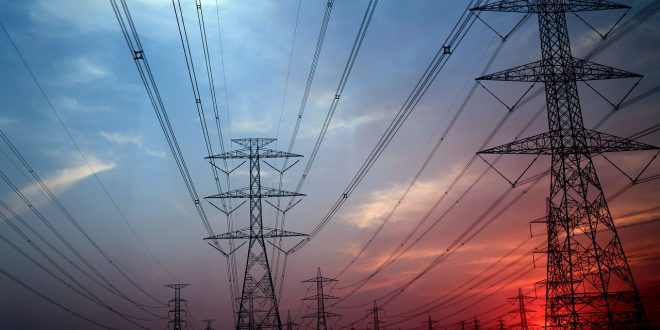Feb. 27, 2020
Washington, DC – The Senate energy bill announced Thursday by Energy and Natural Resources Committee Chairman Lisa Murkowski (R-Ala.) and Ranking Member Joe Manchin (D-W.V.) includes useful efficiency provisions, but does not do nearly enough to save energy and reduce harmful emissions, and must be fixed. It omits a key provision to strengthen building energy codes that would help make houses and buildings significantly more energy efficient.
That provision, which the committee previously advanced with bipartisan support, represents by far the biggest potential energy savings of any of the energy efficiency bills the committee has considered. ACEEE recently found the provision would save almost $40 billion in energy costs (net after investment) over the lifetime of measures through 2050.
Steven Nadel, executive director of the American Council for an Energy-Efficient Economy (ACEEE), said:
“As it stands, this plan misses the best opportunity on the table to cut greenhouse gas emissions while reducing costs for households and businesses.”
“For years, companies that build inefficient homes have thwarted stronger building codes that would lower energy costs for homeowners and renters. We can’t let that happen again. Congress is going to need to step up and fix the bill for it to have a shot at becoming law.”
The Murkowski-Manchin plan includes several provisions from the Energy Savings and Industrial Competitiveness Act (“Portman-Shaheen”), including measures to expand the Energy Department’s efforts to help manufacturers reduce energy waste and to train workers in energy-efficient commercial building practices, as well as a similar measure for building efficiency and programs for smart manufacturing and smart buildings.
While today’s bill contains several beneficial provisions, it omits the provision that would have delivered the bulk of the Portman-Shaheen bill’s potential energy savings, according to a recent ACEEE analysis. That analysis showed that in total, the Portman-Shaheen bill would reduce energy bills by $51 billion for measures through 2050, cutting carbon dioxide emissions by an amount equal to removing all cars and light trucks from US roads for a year. The overwhelming majority of those energy and carbon savings came from the bill’s provisions to strengthen building energy codes that are voluntarily adopted by states and municipalities – the provisions left out of today’s legislative package.
The bill also does not include a provision that would reduce energy use by accounting for energy cost savings in home mortgage underwriting.
 Alternative Energy HQ solar power for homes, wind energy, and bio fuel issues
Alternative Energy HQ solar power for homes, wind energy, and bio fuel issues







